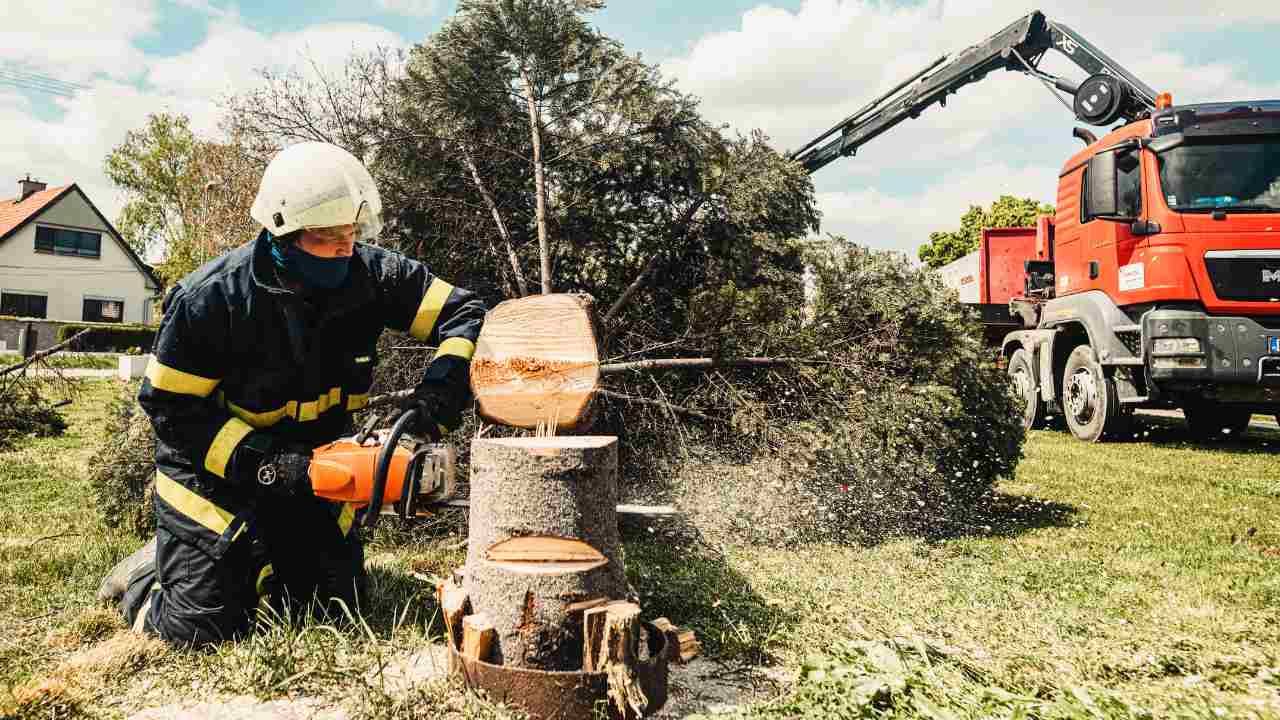How to Protect Your Landscape While Removing Problematic Trees

Removing a problematic tree doesn’t have to mean sacrificing the rest of your beautiful yard. With the right approach, you can preserve your lawn, garden beds, and other landscaping elements. If you're looking into professional tree care in New Haven CT, working with a company that understands both arboriculture and landscape preservation—like Avalanche Landscaping—can make all the difference.
In this post, we’ll walk you through practical ways to protect your landscape when it’s time to say goodbye to a tree that's causing damage or safety concerns.
Understand Why the Tree Has to Go
First, identify the reason for removal:
- Is the tree diseased or dying?
- Are roots damaging your driveway, sidewalk, or foundation?
- Is it blocking sunlight from your garden or posing a storm risk?
By knowing the why, you can prepare a tailored plan that minimizes disruption. For example, a tree with brittle branches may require limb removal before tackling the trunk, to avoid falling debris damaging nearby plants.
Mark and Shield Valuable Areas
Before the tree crew arrives, take time to:
- Mark sprinkler heads and underground utilities
- Protect flower beds with plywood or heavy tarps
- Create buffer zones around delicate plants using temporary fencing or burlap screens
This prep work prevents soil compaction, physical damage, and chemical spills (like fuel or oil from chainsaws and stump grinders).
A pro tip? Photograph your yard beforehand. It’s a handy reference in case anything is damaged during removal and needs to be replaced or restored.
Choose the Right Equipment (or the Right Crew)
Big, heavy equipment can flatten lawns and crack pavers. That’s why it’s crucial to work with a tree removal team that evaluates the safest access routes and brings the right tools for the job. Skilled crews may use:
- Ropes and pulleys for precision takedowns
- Climbing gear instead of bucket trucks, to avoid lawn damage
- Lightweight wheelbarrows or tracked loaders designed for soft ground
Avalanche Landscaping has earned a reputation for tree removal that’s as gentle as it is thorough, ensuring the surrounding area remains pristine—just one part of their expert New Haven landscaping services.
What About the Stump?
Don’t overlook the stump—it can become a long-term eyesore or hazard. You typically have two options:
- Stump grinding, which chips the wood into mulch and allows for replanting
- Full removal, which extracts the entire root ball
Grinding is usually less invasive, but full removal might be necessary if you’re installing a patio or driveway. Either way, backfilling with quality topsoil and reseeding is crucial to help the area bounce back.
Restore and Rebalance Your Landscape
Once the tree is gone, the dynamics of your landscape will change. More light, different water flow, and even new wind patterns can impact your remaining plants. This is a great time to:
- Reassess your plant selection—shade lovers may need to be relocated
- Aerate compacted soil in high-traffic zones
- Mulch around exposed roots of nearby trees to help them adjust
Case Study:
The Harper family in New Haven had an aging maple dangerously close to their home. With flower beds, stone edging, and a manicured lawn nearby, they feared the worst. But working with Avalanche Landscaping, the crew used climbing methods and plywood pathways to avoid damage. They even recycled the woodchips into mulch for the family’s garden beds. In just two days, the tree was gone—and their yard looked untouched.
Final Thoughts
Tree removal doesn’t have to spell disaster for your yard. With a little planning, good communication, and the right professionals by your side, your landscape can emerge from the process stronger and safer than before.
Ready to protect your property while removing that risky tree? Reach out to a trusted local tree care expert who understands both tree safety and landscape preservation.

